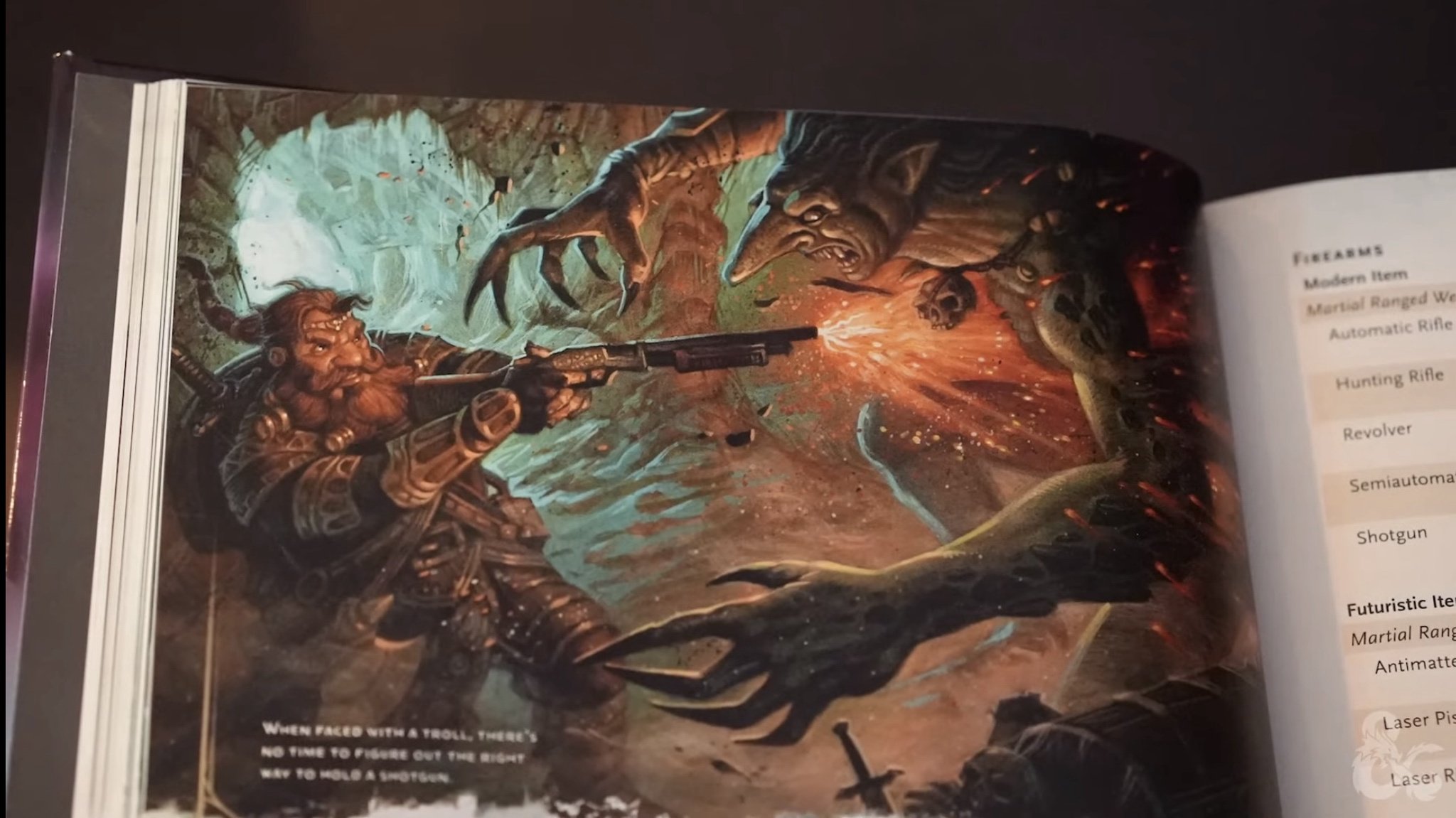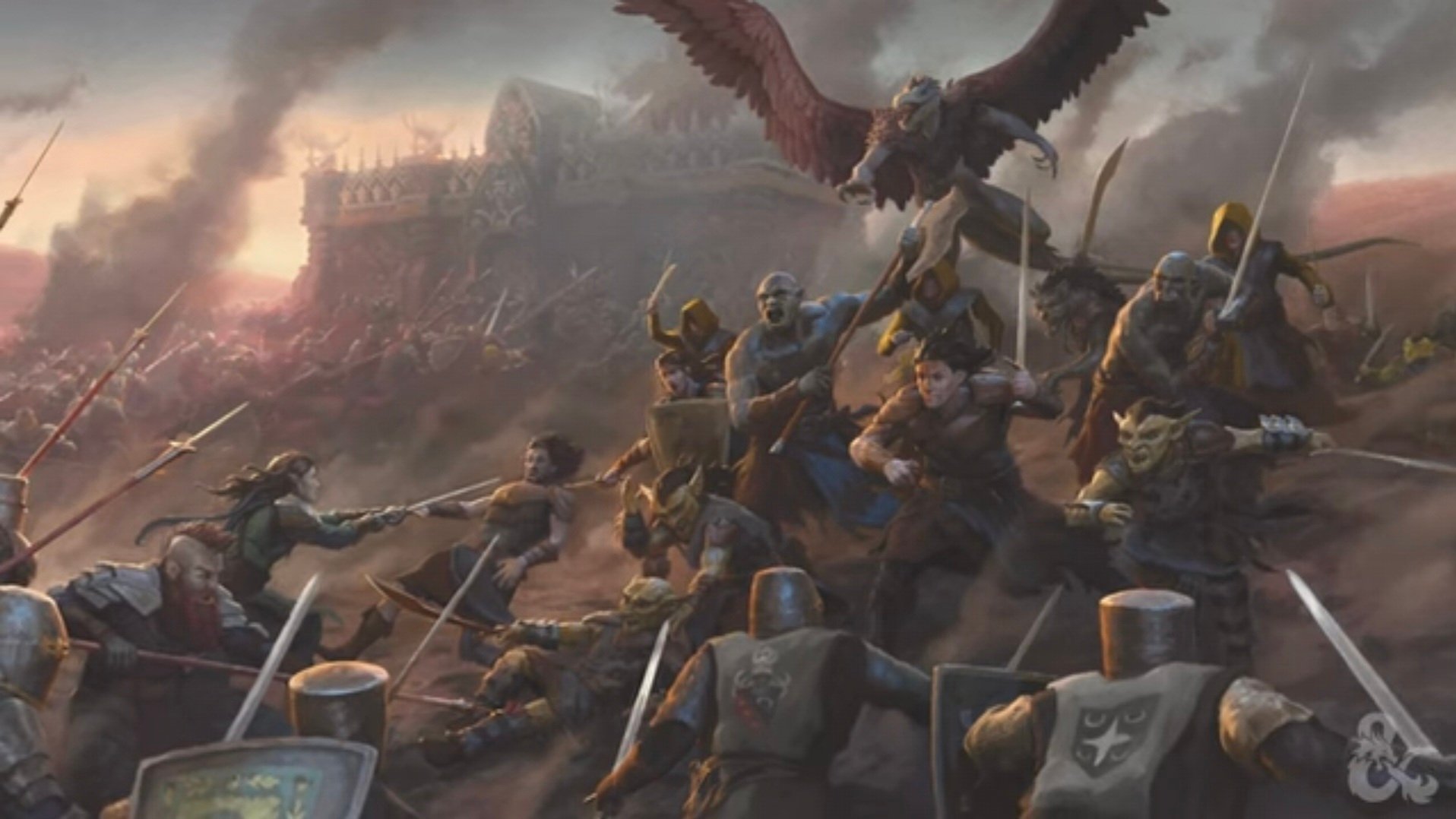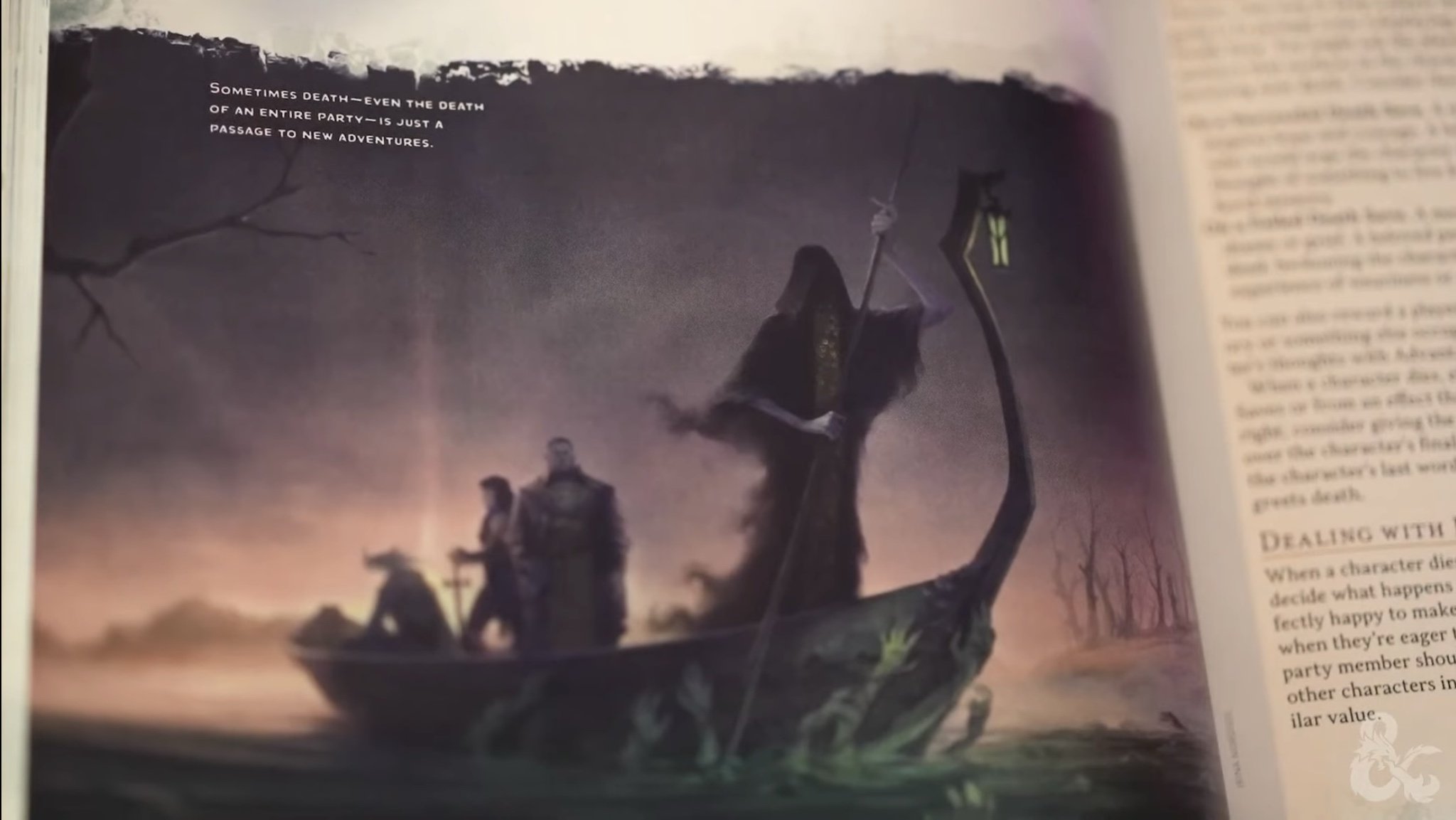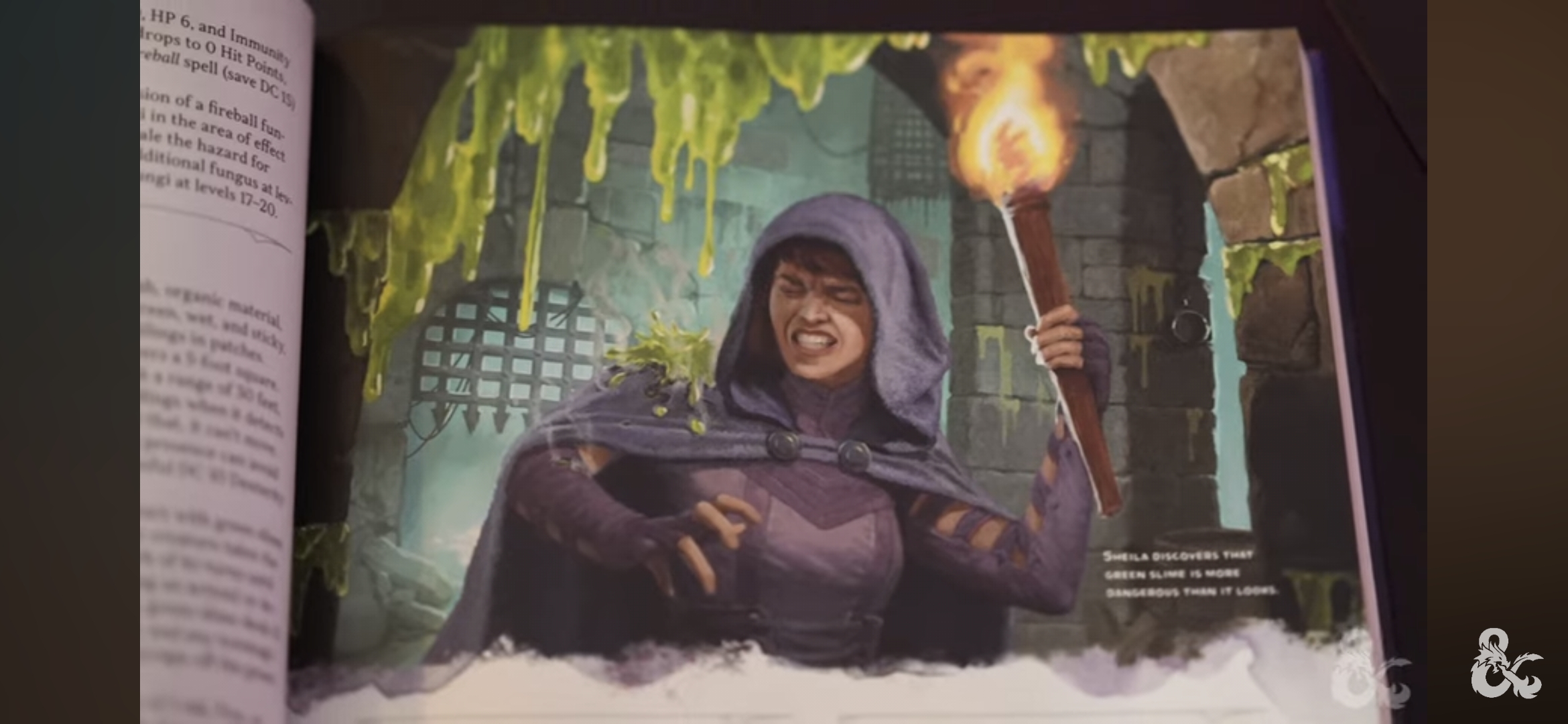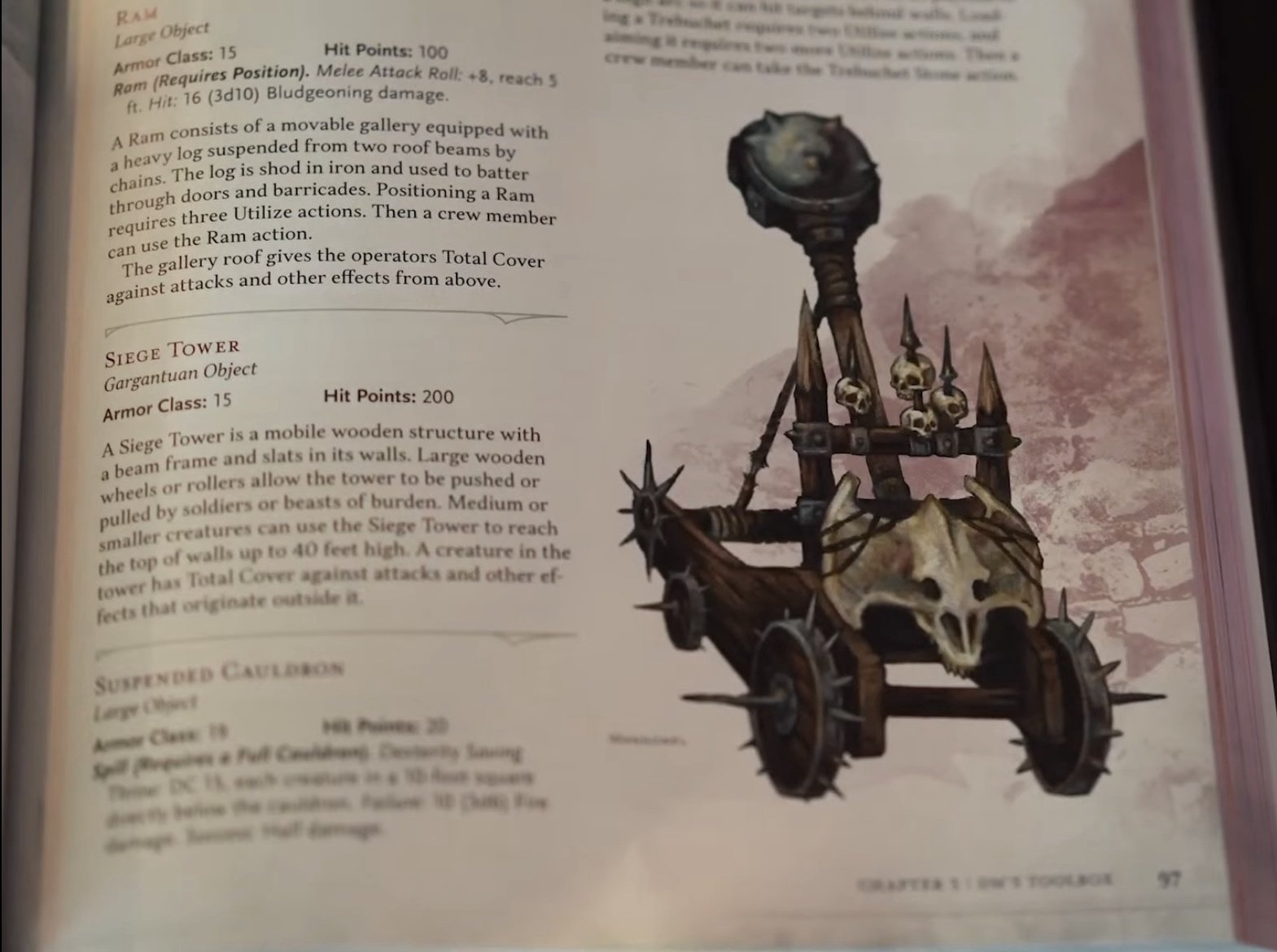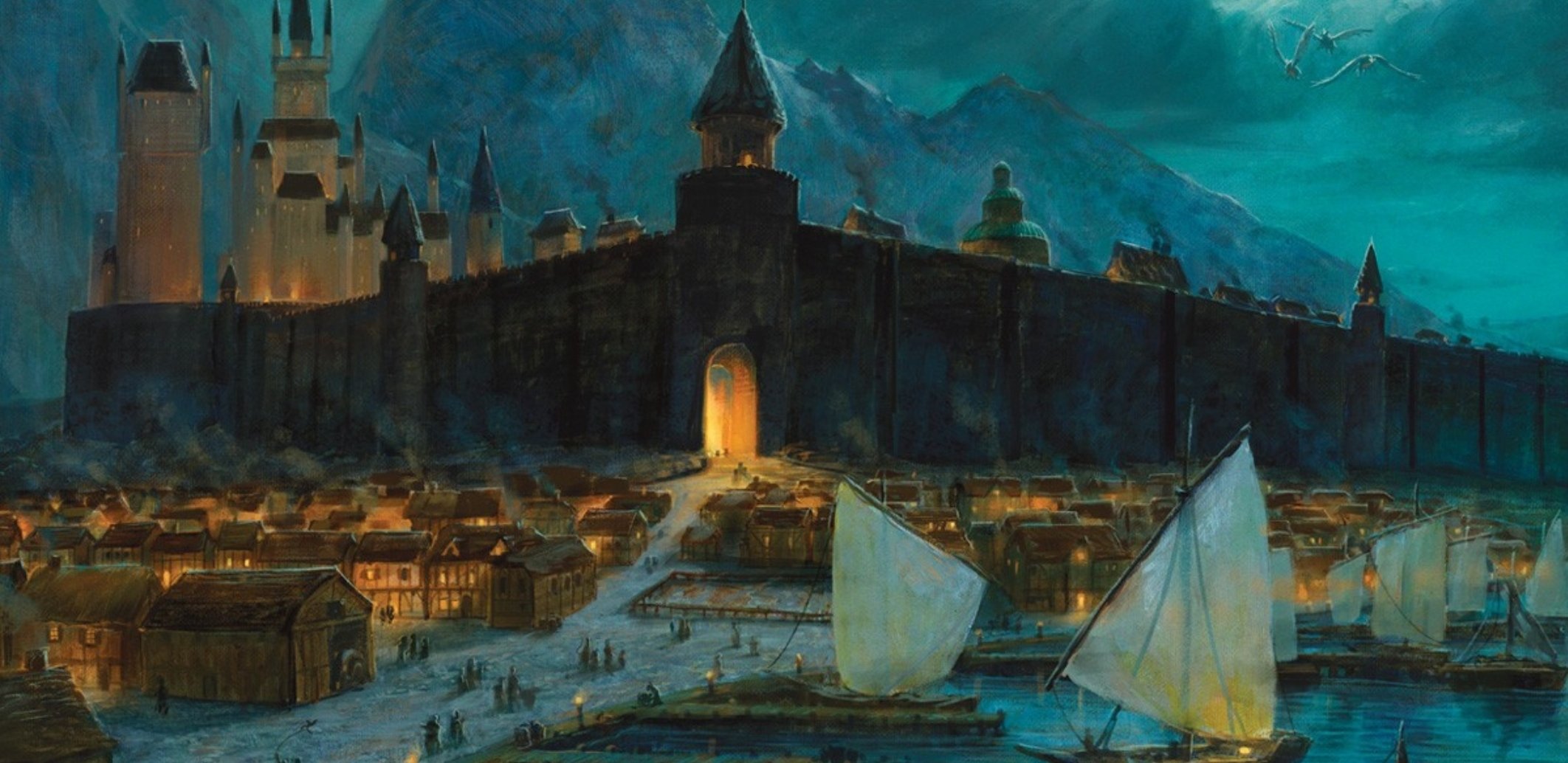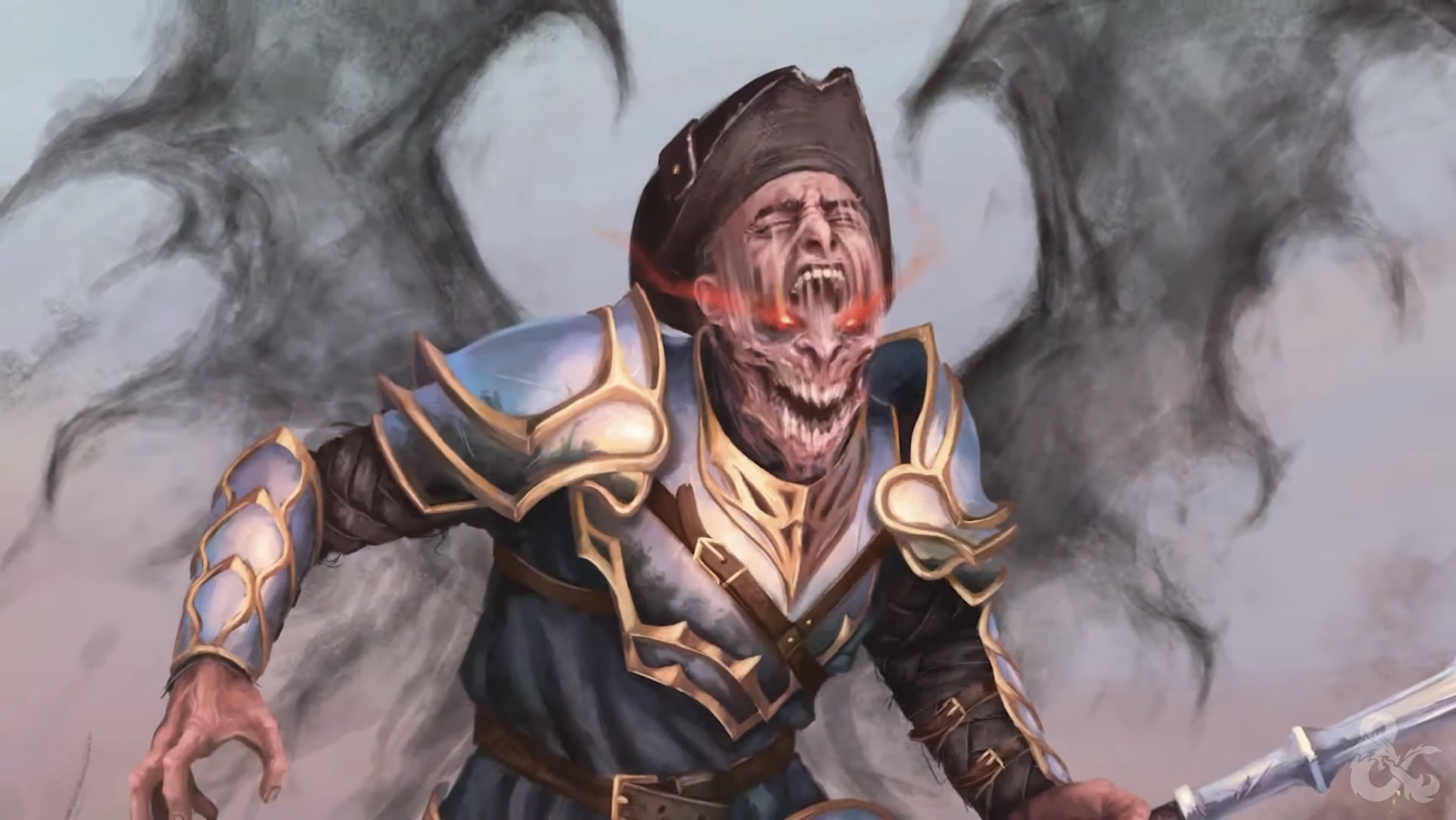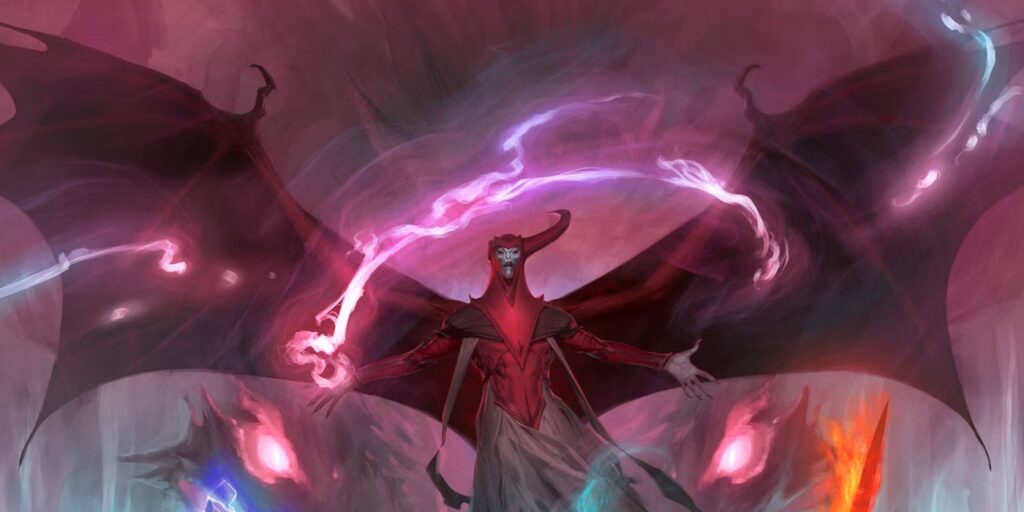D&D 5.5E: The DM’s Toolbox is Full Of Explosives, Siege Engines, and Fireball Fungus

WotC previewed the DM’s Toolbox today, and it’s better known as the chapter where all “the good stuff” is.
Wizards of the Coast took a deep dive into the DM’s Toolbox section of the new 5.5E Dungeon Master’s Guide today. This is the collection of miscellaneous rules, tips, and tricks that any DM can bust out when the adventure calls for it. But more specifically, it’s where you’ll find rules for those moments when you didn’t think the players would do that thing they just did, and now you need to figure out what setting off a dozen kegs of powder would do, mechanically.
In 5.5E, WotC calls it the DM’s toolbox, and I think it’s fitting that it features a dwarf shotgunning a troll right in the chest.
Inside the DM’s Toolbox – Guns, Liquor, ‘n Baby Needs
Being a DM takes a lot of work. It’s a lot like being the one holding the manual of a plane that’s on fire, plummeting towards an oil refinery, and having to answer “well what does this button do?” You’re the adjudicator of the players’ “creative problem solving” whole also the one in charge of making sure the world feels cool and rich and textured.
It’s not an easy job, but it can be exceptionally rewarding. And so, acknowledging this, WotC has the DM’s Toolbox. And, I think a good way of tackling this Chapter is, as WotC’s James Wyatt puts it, is framing it as the companion piece to the 5.5E PHB’s big Rules Glossary. Only instead of each entry being a brief entey of what the rule is, it’s a more in-depth discussion about how the rule works and this you can do. For instance, character death.
Death gets more of a focus in this segment. How to handle character death, both for the narrative and for the player. They mention rules for death scenes, giving players the opportunity to say farewell to the character, or to have that dramatic moment. Because death is a part of drama, a part of the game, even. But it needn’t always even be the end.
In fact there’s a section on what to do in the event that everyone in the party dies. As you can see from the ferryman here, there’s options.
Another big topic explored in the chapter is alignment. Chris Perkins joins Wyatt in discussing how “action determines alignment” and not the other way around. In other words, you can say you’re lawful good all you like, but you go around burning down orphanages and you’re actual alignment is somewhere in the evil spectrum.
But also, alignment, like gender, is a spectrum and fluid. People’s alignment can change. They give the example of Bigby who started as an evil wizard and then became good and then died and resurrected, and so on. So that goblin bandit might be neutral evil when you meet them, but could be good, could be chaotic, even lawful—it is there to describe actions and reinforce them, it sounds like. Who knows what mechanical effects alignment will have, ultimately. In 5E alignment mostly determines how well your sentient magic sword gets along with you. Will it be any different in 5.5E? We’ll find out soon enough.
Traps and Hazards are also in the toolbox, as you might expect. Wyatt and Perkins bring up another element, though, there’s a whole section devoted to doors. Any DM who has ever seen their party get stuck for hours trying to get past a door knows why this is relevant.
And here you’ll find rules and, more importantly stats, for doors, their locks and everything around them.
Hazards and Tables
It’s not just a box of tools, it’s a box of toys. DMs get all sorts of fun new things to play with. The Traps and Hazards section is hoping to be more customizable. To hear Perkins talk about it, now traps can be scale like spells. So you can have deadlier or not traps. Your spiked pit might be spikier. Your crushing walls, sturdier.
But there’s new toys in the box as well. One toy, ported over from Bladur’s Gate 3, it sounds like, it’s fireball fungus. Fireball fungus is, as the name suggests, a glowing little mushroom that, when it takes enough damage explodes in a fireball. One by itself might be hazardous, but you start clustering then together and you get chain reactions.
There’s a lot to play with in terms of environmental hazards. Vicious gives. Rock slides. Volcanos. You name it, it’s there.
And you’ve also got rules for siege engines, and massive weapons that are intended to wage war, rather than individual combat. But what really excites me as a DM is the guidelines and tips for making stuff up on the fly.
Including advice for how to track a settlement you’ve just made up. You can even find a set of oracles that you can use to generate a town or city on the fly, with everything for figuring out what type of local government the city has, to what their industry is, to defining features of the town, to what kinds of troubles it’s facing.
There’s also rules for running multiple creatures. You can figure out massive combats on the fly, with dozens to hundreds of combatants—you can have mobs and swarms of undead or other creatures. If you’ve been looking for how to run those kinds of “an army sweeps in, what now”, you’ll find the rules for that here.
Optional Rules, Not Optional Fun
I think the best way of thinking about this Chapter is that it’s the DMs empowerment chapter. It’s where you’ll find all the optional rules that you can use to enhance your campaign. But it’s also where to look when you need help.
Trying to come up with an NPC on the fly? Not only are there tables to roll on, because of course there are, there’s also rules for figuring out what they do, what sort of role they play. Which is important when the party starts to meet helpful NPCs and allies and toadies. All the sidekicks and companions who are there to do things to enrich the players’ lives get some love.
You might give them an NPC ar hetype, like Walking Textbook or Dutiful Assistant. Which describes what they do and gives them a mechanical function. Then you provide the personality and the voice and the desires and you’ve got a rich, fleshed out NPC.
This chapter is full of stuff like that—Perkins and Wyatt walk us through building a settlwment, and by the time they’re four rolls in to the generation process, you can already tell what the adventure set in this new town that didn’t exist until moments ago will be. These kinds of tools are invaluable to DMs. And I’m very excited to get to dig into this in full.
One of the best things about the 5E Dungeon Master’s Guide was the various rules hidden away in its pages. But now, they’re not hiding, they’re in one easy to find place presented in alphabetical order. And soon enough, we’ll know more!
Happy adventuring! The Dungeon Master’s Guide releases November 12th!

